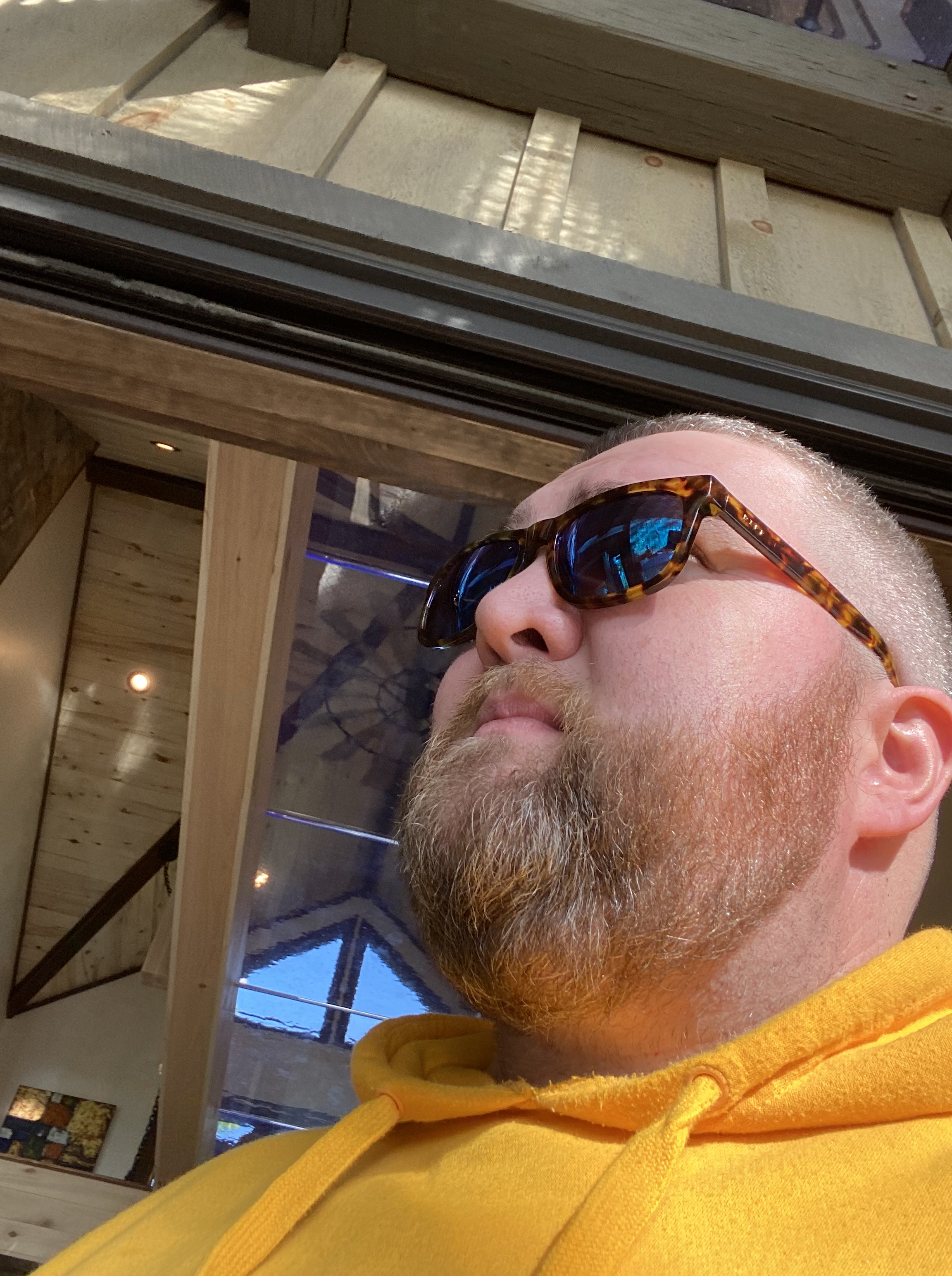Rain, sunshine, and social distancing.
Blue Ridge











A long birthday weekend in the North Georgia mountains with five friends was a much-needed break after three very long months stuck at home.
Back it up.
Words are empty without action, so here are the organizations I’m supporting. My list is a little bit Atlanta-centric in an effort to maximize my impact in my local community. (Adding as I go)
- The George Floyd Memorial Fund
- I Run With Maud
- Justice for Breonna Taylor
- Official GoFundMe for Rayshard Brooks
- The Bail Project
- Communities United Against Police Brutality
- Atlanta Solidarity Fund
- Metro Atlanta Mutual Aid Fund
- Georgia NAACP
- Black Lives Matter Global Network
- Justice for Jacob Blake
- Official Memorial Fund for Secoriea Turner
If you have anything to give, any of these organizations can use your help.
Speak up.
Over, and over, and over again, we see the proof that America is not the country it claims to be. Not when George Floyd is murdered in broad daylight by the police in Minneapolis. Not when Breonna Taylor is murdered in her home by the police in Louisville. Not when Ahmaud Arbery is hunted down and murdered by white racist terrorists in Brunswick. Not when a white woman threatens Christian Cooper with police violence in New York. And these are just the stories we’ve learned about in the last few weeks. It’s the tip of the iceberg that will sink this country if we don’t change course.
And in the face of this suffering that white people have caused, too many of us will only speak out against the rioting or the protests or the consequences faced by the perpetrators of these crimes. They worry about the safety of Ahmaud Arbury’s killers and their familes. But not about the millions of people who live under the threat of racial violence every day of their lives with no police force to protect them.
If you’re a white person who understands that that is wrong, it’s not enough to know it. You have to say it. You have to put your time and your resources and your energy into changing it. Into empowering and fighting for the people who aren’t given the same advantages you enjoy. Into dismantling a system that’s built to protect you and terrorize your Black neighbors.
America is a country where racism has infected everything from the smallest sheriff’s office to the Oval Office and every level in between, and we will never change until we admit and embrace the truth: that even if we didn’t make it this way, it’s still our responsibility to change it.
To Maggie

I got Maggie when I was 25 years old, and she’s been by my side almost every day since. Saying goodbye to her today was incredibly hard, but right now I’m not even sad. Just incredibly grateful. These 14 years together have been the best of my life, and I can’t imagine who I’d have become without her. This little bear has my heart forever.

2005–2020
Making WordPress Accessible to All
I have written previously about our focus on accessibility in the WordPress mobile apps. Both iOS and Android provide an array of options focused on making their platforms fully accessible to everyone who might want to use them. Mobile apps get to benefit from these accessibility tools for “free,” it’s just up to those of us who make apps to support them. Over the past few years, we’ve worked hard to do a better job of that with WordPress.
Designing and developing the apps to support accessibility options isn’t difficult in itself. What’s often hardest is simply remembering to make it important. Having a diverse team helps here; when the team building a piece of software is diverse, it’s not so difficult to keep in mind that not everyone can read the “default” text size, or tap a tiny link on a touchscreen, or understand the narration in a tutorial video. Another way we’ve been making this a priority on our team is by spending time talking to real people who use the apps, to expand our sense of empathy for the problems they might have when doing so.
A few months ago, my colleague Cesar provided a great example of this for our team. During his support rotation, Cesar had interacted with a person with a visual impairment who uses our apps. That experience made him want to learn more about the challenges that using our app might present for people who are blind or visually impaired. Eventually, he was able to connect with a group of students at a local university who have a visual impairment or other disability, to get their perspectives and talk about their experiences using WordPress and other mobile apps. Cesar listened to their comments with empathy, and left with some important lessons, including:
- The WordPress apps currently do a great job of supporting VoiceOver (all the students he spoke with used iOS, but we also support TalkBack on Android).
- That said, there are some interactions in our apps that are tough to navigate with VoiceOver — the process for adding media to a post was one area for us to improve.
- One student with a visual impairment mentioned that they use VoiceOver because of insufficient color contrast in a few places in the apps. We don’t always think about color as being a significant accessibility concern, but it can mean the difference between needing an accessibility tool like VoiceOver or not, for some people.
- We need to test with Braille displays, and find people who can help us learn more about how our apps work with that kind of technology.
- People come to rely on the accessibility options provided by native apps, and they miss it when they have to switch to web interfaces. One student mentioned that they didn’t use WordPress because there wasn’t a desktop app that provided all of the accessibility features that they’ve come to expect from mobile apps.
- Localization is more than just translation! These students go to school in Hong Kong, and said our app felt “very Hong Kong.” As Cesar put it: “This has always been a recurring theme… the feeling than localisations for Traditional Chinese were made with the Taiwanese market in mind (even though both Taiwan and Hong Kong use traditional characters, Taiwan speaks Mandarin, while Hong Kong speaks Cantonese).”
Accessibility impacts everyone who uses WordPress: the bloggers, builders, and business-owners who create sites. But it’s also important for the readers, followers, and visitors who come to their sites. Seeking out differences and thinking about how they affect the products we create is an important part of the process of designing and building. Without reminding ourselves regularly to think about people who experience the world differently than we do, we can’t design products that meet their needs.
Cover image by Søren Astrup Jørgensen via Unsplash.
Jetpack Identity
I ordered Identity: Chermayeff & Geismar & Haviv a few months ago, and today it surprised me when it showed up at my doorstep. Over my lunch break, I took a quick look at it, and it’s a beautiful book I can’t wait to spend more time with.

After a few minutes I wondered whether Jetpack’s new logo would be included in the book. I figured it wouldn’t, since there were only a few months between when CGH did the logo and the book’s publication. Lo and behold…
Continue reading “Jetpack Identity”Kramer, the Goodest of all the Good Boys

AFK
Starting a little vacation time on this wet Thursday. The plants are loving all the rain. Maggie, not as much.
Ready for the Cookout

Now all I need is the food and someone to cook it for me while I lay on that couch.

